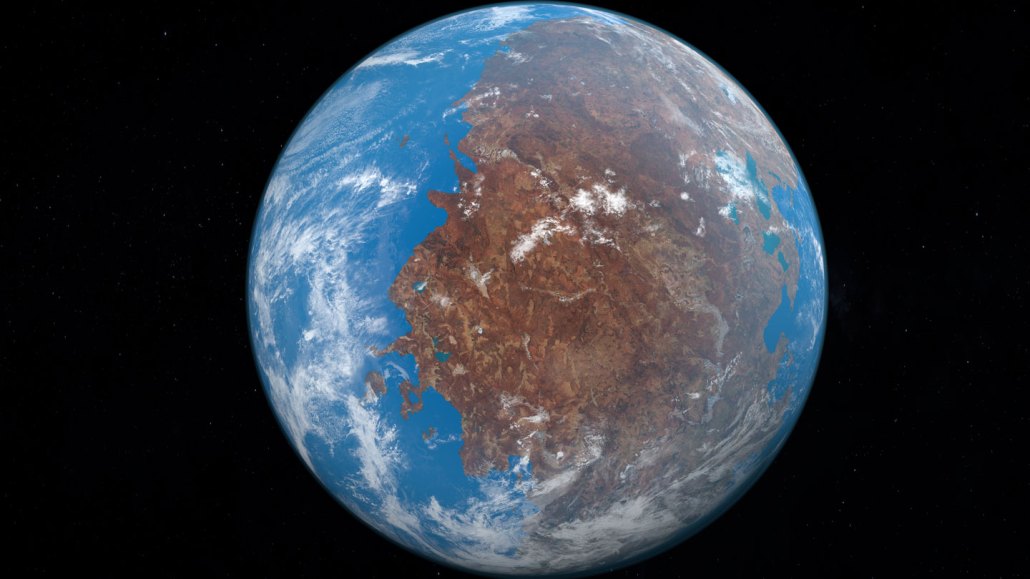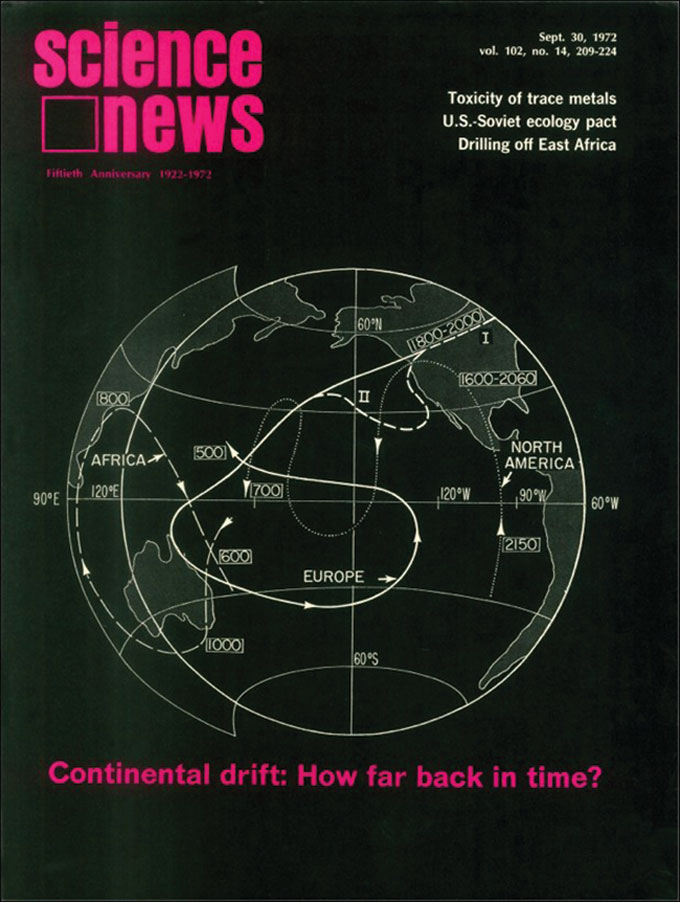50 years ago, scientists dug into Pangaea’s past lives
Excerpt from the September 30, 1972 issue of Science News

In the 1970s, scientists wondered whether any supercontinents existed before Pangaea (illustrated). Today, we know there were at least two, and researchers are exploring what supercontinent might come next.
Ianm35/iStock/Getty Images Plus







